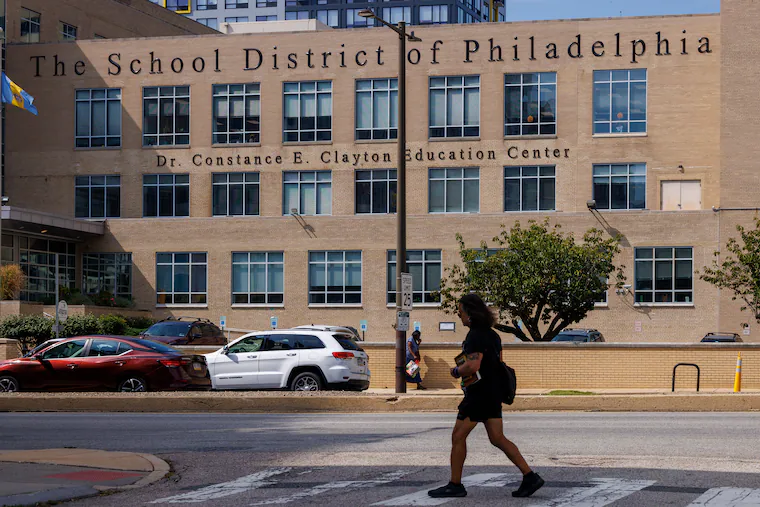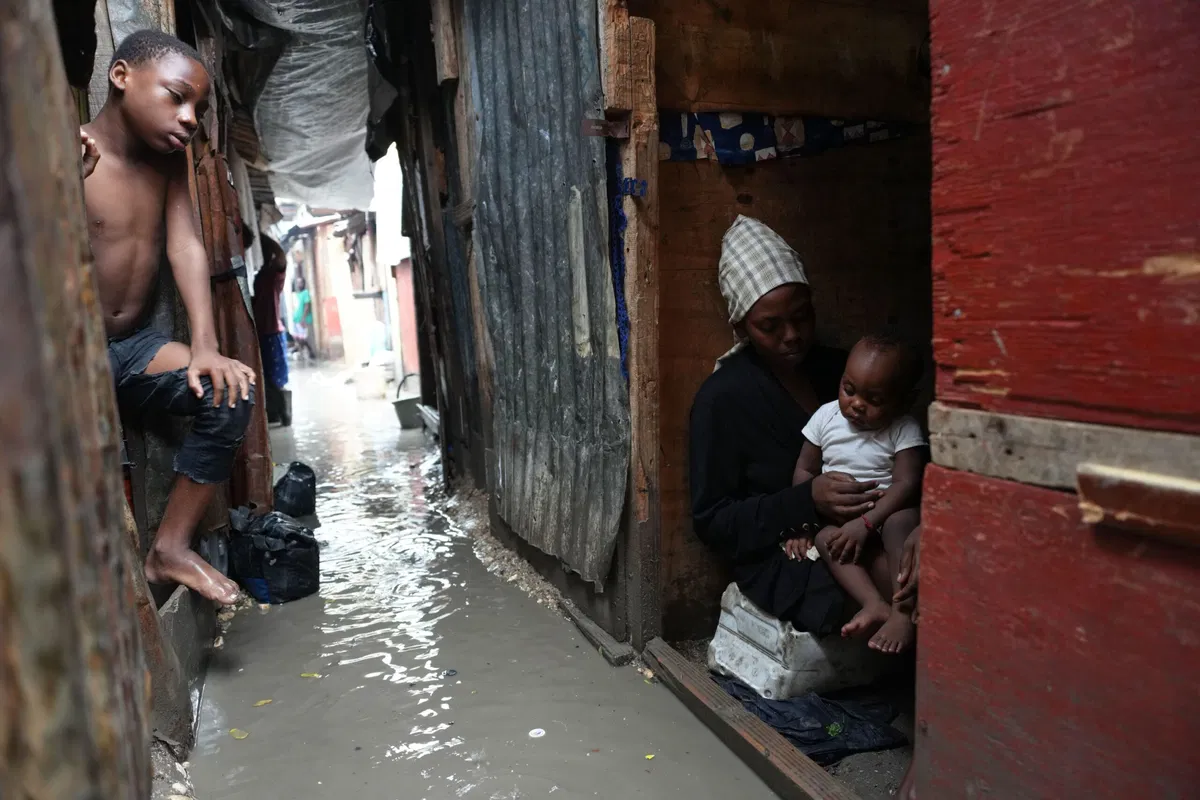Copyright The Philadelphia Inquirer

Don’t expect decisions this year on which Philadelphia schools will close. Philadelphia School District officials had said they would announce a preliminary plan for the fate of the city’s school buildings — which ones will shut permanently, which will start to share space, which will get major renovations or grade changes — this month, with a final vote by the school board coming in December. On Tuesday, they told The Inquirer they’ve pushed that deadline back. » READ MORE: Philly school district leaders are identifying schools to close. Here’s a look at the data that will inform those decisions. Instead of Superintendent Tony B. Watlington Sr. announcing his plan in November, as promised, the school system will this month ask district families and others interested in the process to complete a survey “on preliminary themes” in the facilities planning process identified over the past year. Survey responses will be released in December, officials said; Watlington will make his recommendations sometime this winter, with a board vote to follow, after a “comprehensive public feedback period.” Why the shift? “The district has extended the timeline for presenting the recommendations to the board in order to give us more time to analyze the data and engage with school communities and key stakeholders,” said Alexandra Coppadge Wright, a spokesperson of the district of roughly 117,000 students. 70,000 empty seats, and the scars of 2012 The survey — which will be shared directly at schools, via the district’s website and social media platforms — is key, said Monique Braxton, another district spokesperson. “These survey responses will help guide how we make recommendations to the Board of Education about schools and programs that best support Philadelphia’s students, staff and school communities,” Braxton said in a statement. Philadelphia 200-plus schools have significant and complex facilities needs — 70,000 excess seats in schools across the city, some buildings that are more than half-empty, and some well over capacity. Its buildings are old, and many have environmental problems. But communities have been bruised by prior closing processes. In 2012, the district shut dozens of buildings, promising enormous savings that never materialized and disadvantaging communities that were already struggling. District officials have said they are entering this process — which some in City Council have said has taken too long — not to save money, but to better position schools and students that now learn in unequal facilities. They say they will not repeat the mistakes of prior closing processes. Public engagement, or an illusion? The process has already drawn criticism — and a recent public protest. The Alliance for Philadelphia Public Schools, a grassroots activist group made up largely of retired district employees, this week blasted the facilities process and called on the district to release its plan immediately, in order to give people time to digest its contents and organize against any closures. Lisa Haver, a retired district teacher and an APPS founder, said the delay could be helpful, but she’s still wary. » READ MORE: Philly will ‘surely’ close schools, Watlington says as district releases data that will guide decisions on its 300 buildings “There’s often the illusion that there’s public engagement, but there’s no real public engagement,” Haver said of the district. “People want no school closures. If they’re just ignoring what people want, why are you having those meetings?” (Watlington has said closings will “surely” happen.) Akira Drake Rodriguez, an assistant professor of city planning at the University of Pennsylvania and organizer of the group Stand Up For Philly Schools, said the delay was “absurd.” “One of SUPS’ demands was to pause the process, but that demand was dependent on the district doing a deep, meaningful, transparent and accessible engagement process,” Rodriguez said. “We do not feel that pushing this decision off for a few months is sufficient, based on the previous years’ community engagement strategies we’ve seen.” Others have criticized the process’ reach. The district convened 10 advisory committees to help inform its ultimate decisions, but some on those panels say they feel their input was cursory and will not be taken seriously. The school board authorized spending over $5 million on contracts for community engagement, the planning process itself, and the construction and hosting of a data warehouse for all facilities information. Community meetings held last fall and over the summer had fairly lackluster attendance. No formula Officials have said there is no formula that will dictate which schools close and which stay open, with changes or without, that each school’s fate will be evaluated individually. And though many district buildings have been judged to be in poor or unsatisfactory condition or have poor or unsatisfactory program alignment, meaning they lack adequate spaces for the programming the district wants to offer, like art, music, and physical education, those things alone don’t guarantee closure, they said. Though building utilization and program alignment will be considered in the calculus, so will a new measure — a “neighborhood vulnerability index,” which takes into account whether the community surrounding a school has already experienced school closures, and whether its residents struggle with things like unemployment and housing. Schools’ academic outcomes will not be part of the closing decisions, as they were in 2012. Still, much remains up in the air. “We don’t know which ones will close,” Haver said. “We don’t know how many, and we don’t know when.”



